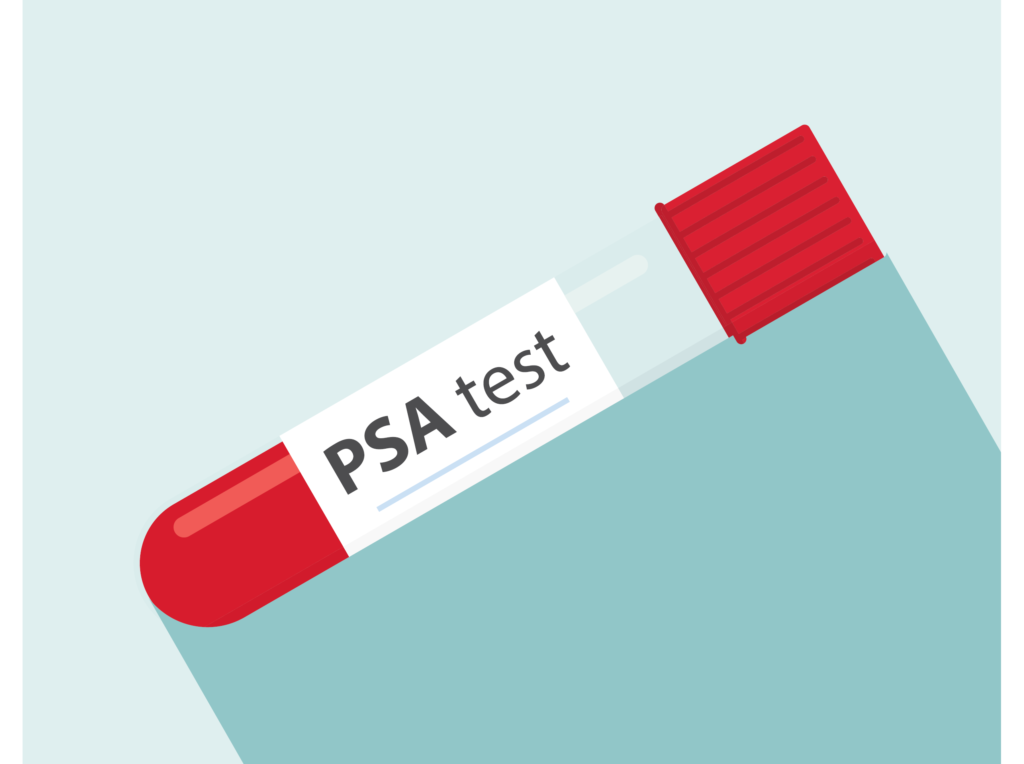Welcome to the first post in our new series focusing on men’s health. Over the coming articles, we’ll be diving into everything from testicular health to testosterone, as well as the mental health challenges men face in particular. But today, we’re starting with a key piece of male anatomy that many of us pay little attention to until something goes wrong: the Prostate.
What Is the Prostate?
The prostate is a small gland, roughly the size of a walnut, that sits just below the bladder and surrounds the urethra (the tube that carries urine from the bladder out of the body). Its main job is to produce fluid that helps nourish and transport sperm.
Common Prostate Conditions
As men age, changes in the prostate are common, and not all are cause for alarm. That said, being aware of potential issues can help you take action early:
- Benign Prostatic Hyperplasia (BPH): This is a non-cancerous enlargement of the prostate that can lead to urinary symptoms such as a weak stream, frequent urination (especially at night), urgency to pass urine, or a feeling that the bladder hasn’t fully emptied.
- Prostatitis: Inflammation of the prostate, often due to infection. It can cause pain in the lower back, pelvis or groin, painful urination, and flu-like symptoms.
- Prostate Cancer: One of the most common cancers in men, especially those over 50. Early prostate cancer often has no symptoms, which is why regular checks become increasingly important with age.
What Prostate Symptoms Should You Look Out For?
- Difficulty starting or stopping urination
- A weak or interrupted urine flow
- Urinating more often, especially at night
- Pain or burning when urinating
- Blood in urine or semen
- Painful ejaculation or discomfort in the pelvic area
These symptoms can have various causes, not just cancer, but they should always prompt a conversation with your GP.
Prostate Health Checks and Testing
- PSA Blood Test: Measures the level of prostate-specific antigen in the blood. Levels can be raised for various reasons and can indicate inflammation, BPH, or cancer—but it’s not specific, so further tests are often needed.
- Digital Rectal Examination (DRE): A quick physical exam where a doctor checks the size and shape of your prostate through the rectum using a finger. It sounds awkward, but it’s over quickly and can provide valuable information.
- MRI and Biopsy: If PSA levels or DRE results are concerning, imaging or a tissue biopsy may be recommended via a Urologist.
Treatment Options
- For BPH: Medications to relax or shrink the prostate, or surgical options f symptoms are severe.
- For Prostatitis: Antibiotics for bacterial infections, pain relief, and in chronic cases, longer-term treatment plans.
- For Prostate Cancer: Treatment varies depending on the stage and grade—ranging from active monitoring and hormone therapy to surgery or radiotherapy.
Final Thoughts
Prostate issues are common, especially as we get older, but they’re also highly treatable—particularly when caught early. The key is not to ignore symptoms or avoid testing because of embarrassment. In order to stay healthy its important to take ownership of your body and wellbeing.
Clinic 7 can help if you’d like to discuss symptoms or arrange a test.
In our next article, we’ll move a little lower down and talk about testicular health—how to self-check, what to look for, and when to seek help.
Stay tuned and stay informed!

